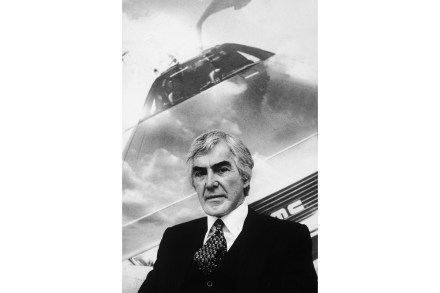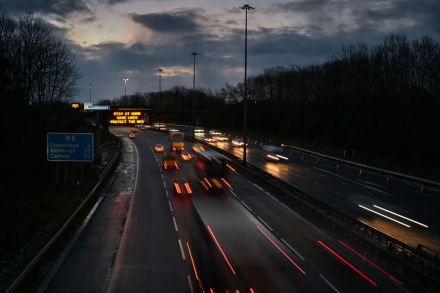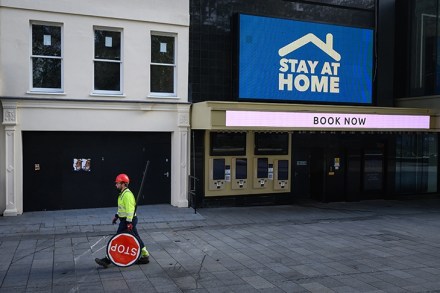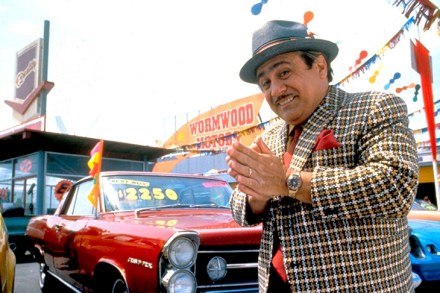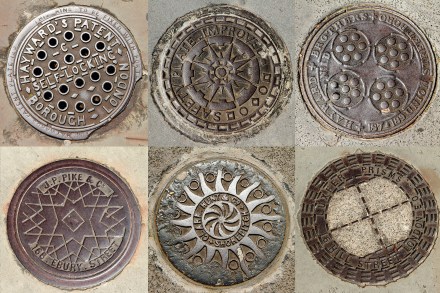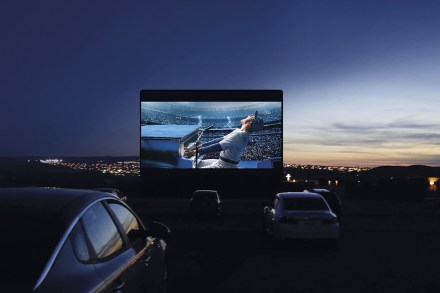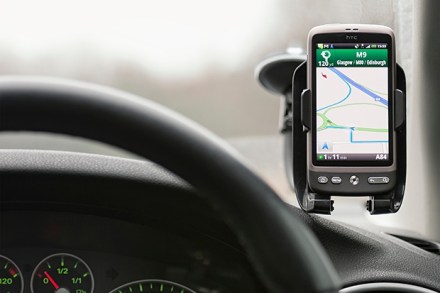The war on cars is backfiring
For most London-based politicians, there’s a threat that’s worse than Covid. You’ll begin to notice it as we ease out of lockdown. It’s not the Brazilian variant that keeps them awake at night, or collapsing hospitals. Nope. What really worries them is the thought of cars. Watch them pale as they mutter the words ‘car-led recovery’ and marvel at the variety of tortuous schemes cooked up to thwart motorists. You’d have thought, given the teetering economy, that any recovery, car-led or otherwise, would be welcome — especially as pollution plummeted between 2017 and early 2020, and diesel’s the problem, not your average commuter ride. Volvo said on Tuesday that all


